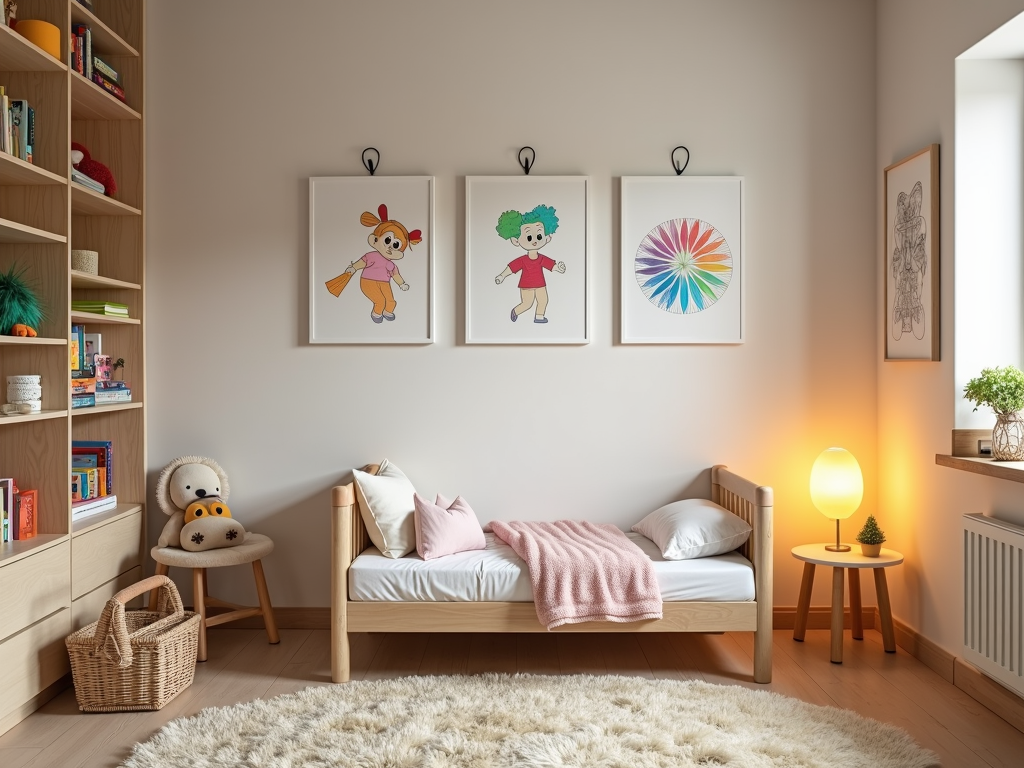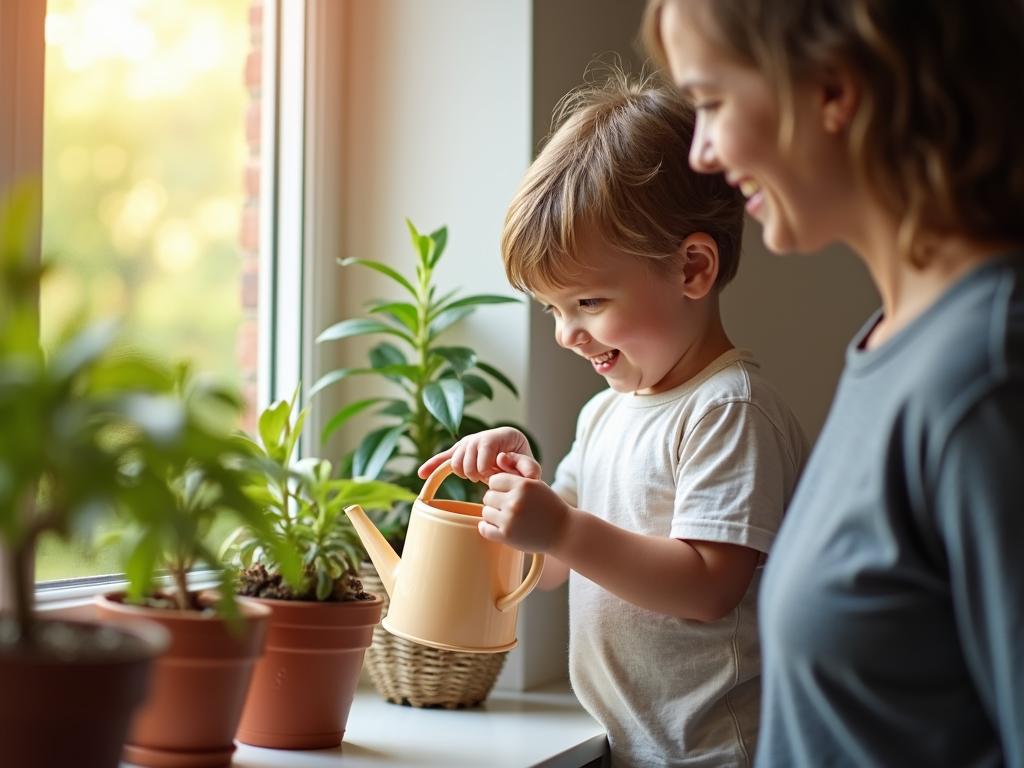A nurturing home environment supports children's growth and strengthens family wellness. It builds emotional security, encourages healthy habits, and fosters connection. This guide shares actionable steps to create such a space, blending personal experiences with proven strategies.
Why a Nurturing Home Matters
Creating a Nurturing Environment at Home goes beyond meeting basic needs. It shapes how children grow emotionally, socially, and mentally. A supportive home helps kids feel safe and loved, which is vital for their development. The American Psychological Association notes that a positive home life improves a child’s ability to cope with stress and build relationships. Family wellness plays a huge role here—it’s the foundation for a thriving household.

Emotional Support: Building Trust and Love
Emotional support is key to a nurturing home. It means listening to your kids, showing affection, and making them feel heard. I’ve learned that sitting down with my daughter after school to hear about her day—without jumping to fix everything—builds trust. She opens up more when I just listen.
- Listen Actively: Put down your phone and focus on what they’re saying.
- Show Love: Hugs or kind words go a long way.
- Validate Feelings: Let them know it’s okay to feel upset or excited.
A Safe and Comfortable Space
The physical environment affects family wellness too. A tidy, safe home lowers stress and helps everyone relax. We keep our house clutter-free and give each kid a corner to call their own—like a desk or a cozy chair. It’s amazing how much calmer they are with their own space.
- Safety First: Lock up hazards and childproof where needed.
- Personal Touches: Let kids decorate their areas with things they love.

Healthy Routines for Stability
Routines give kids a sense of order, which is critical for their growth. Regular meal times, bedtimes, and playtimes create predictability. According to Harvard University’s Center on the Developing Child, routines boost self-discipline and security. In our home, dinner at 6 p.m. every night is non-negotiable—it’s when we all connect.
- Set a Schedule: Keep it simple and consistent.
- Involve Kids: Let them help plan or follow along.
Quality Time: Strengthening Bonds
Spending time together builds family wellness. It doesn’t have to be fancy—cooking or playing cards works just fine. We started a Saturday movie night, and it’s become a highlight of our week. The kids love picking the film, and we all laugh together.
- Plan It: Set aside one evening or afternoon.
- Mix It Up: Try games, walks, or crafts to keep it fun.

Positive Discipline: Guiding with Care
Discipline doesn’t mean punishment—it’s about teaching. Positive methods, like explaining why rules matter, help kids learn responsibility. A study from the National Institute of Child Health and Human Development shows this approach cuts down on behavior problems. When my son forgot his chores, we talked it out instead of yelling—he got it done faster next time.
- Be Clear: Set rules they can understand.
- Stay Calm: Talk through mistakes together.
Encouraging Independence
Letting kids make choices builds their confidence. Simple tasks—like picking their outfit or packing a snack—teach them to think for themselves. I let my youngest water the plants, and he beams with pride every time they bloom. It’s small, but it matters.
- Start Easy: Give them one task to own.
- Guide, Don’t Control: Offer help if they ask.

Modeling Good Behavior
Kids copy what they see. If I stay patient during a tough day, they’re more likely to do the same. It’s not always easy, but showing kindness and respect sets the tone for the home. The importance of family wellness in child development shines here—your actions shape their world.
- Be Aware: They notice how you handle stress.
- Show Values: Live out what you want them to learn.
Bringing It All Together
Creating a Nurturing Environment at Home takes effort, but it’s worth it. Emotional support, a safe space, routines, quality time, gentle discipline, independence, and good examples create a home where kids grow strong and families stay close. Family wellness isn’t just a goal—it’s a daily practice that pays off in happy, healthy kids.

Discuss Here